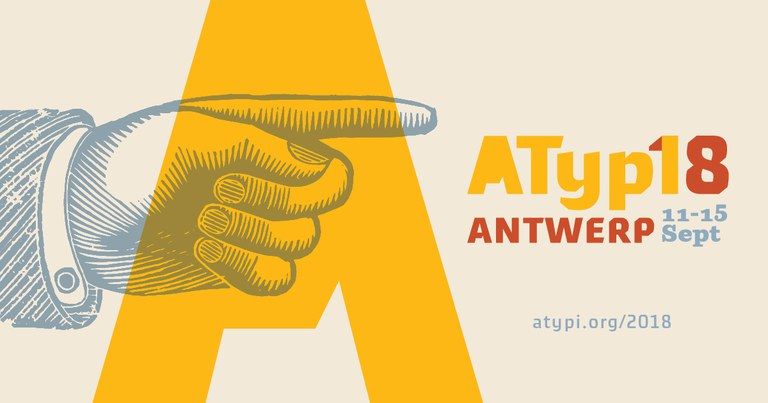
As soon as you click on the thumbnail, you will leave this website and be redirected to www.youtube-nocookie.com. Despite privacy-friendly integration, YouTube may use cookies. Please note the privacy policy of YouTube or Google.
The legibility of typefaces has been the subject of scientific investigations since the 19th century, but never as an independent field of research, always as part of other disciplines like psychology, ergonomics, physiology, or engineering. Unfortunately those scientists lack the understanding of design subtleties like the effect of the design elements of various typefaces. In contrast, designers are more likely to trust their experience than statistic-based scientific findings. These circumstances led to the barely meaningful results that were produced for decades.
To merge the valuable knowledge of both disciplines, the typeface designers Antonia M. Cornelius and Björn Schumacher conducted a preliminary study for their final master’s projects. They set up a reading-speed test by reverting to well-tried test material, which they set—considering typographical adjustments—in their new typefaces Legilux and Text Type as well as the common Walbaum Standard. Focusing on the effect of a design method called “optical scaling”, the typefaces were tested in two sizes: 1.5 mm and 1 mm x-height. The results tend to show a positive effect for optical adjustments in type designs, though more subjects are needed. For that reason, the designers are currently planning an extended PhD investigation, in which they examine specific characteristics of typefaces.


